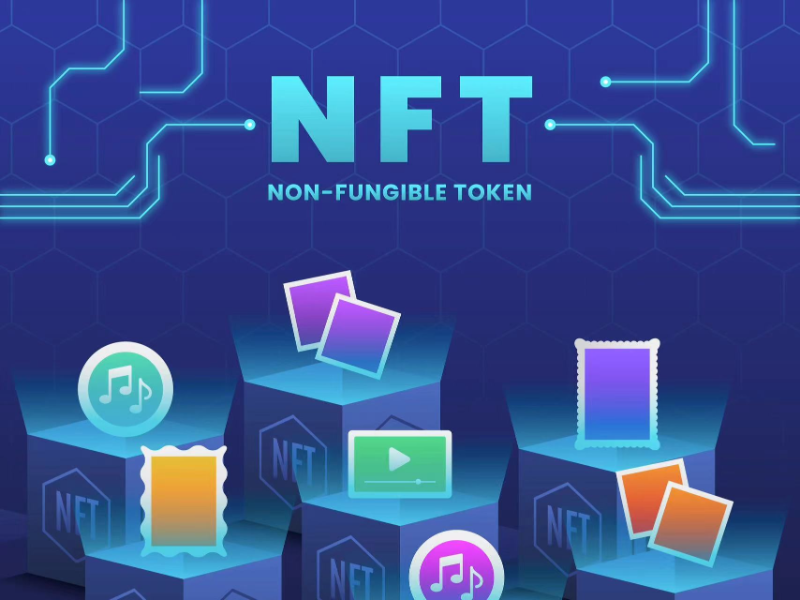- NFT, short for “non-fungible token,” denotes uniqueness and irreplaceability. Initially prominent in the digital arts sector, its utility has recently expanded to encompass tickets, data preservation, fashion, and music.
- Various industries are exploring tokenisation and NFTs to innovate and enhance user experiences.
- NFTs are proving to be versatile, with emerging use cases that extend into preserving the cultural heritage and facilitating virtual experiences.
The evolution of non-fungible tokens (NFTs) has ushered in a new era of digital asset ownership and innovation across various industries.
Initially synonymous with digital art, NFTs have transcended their origins to encompass a myriad of real-world applications.
Let’s delve into five compelling use cases that underscore the versatility and potential of NFT technology in reshaping the digital landscape.
1. NFTs in art
No list of NFT applications is complete without highlighting their most widespread use: as art digital assets!
The surge in NFT collections, primarily digital artwork, once niche, has now become mainstream, fueled by the immense popularity of collections like CryptoPunks and Bored Ape Yacht Club. Prices range from a few dollars to millions, reflecting the broad spectrum of value attached to these digital assets.
Clock, an NFT artwork by the anonymous digital artist Pak, fetched $20.2 million, or approximately 16,593.059 ETH as one of the most expensive NFT arts. It is not a conventional clock; instead, it is a digital counter tracking the days WikiLeaks founder Julian Assange spent in London’s Belmarsh Prison.
Digital NFT art, though primarily visual, represents a new frontier in artistic expression and ownership. However, the ease with which admirers can freely capture screenshots prompts a crucial inquiry: what truly underpins the value of these digital NFT artworks?
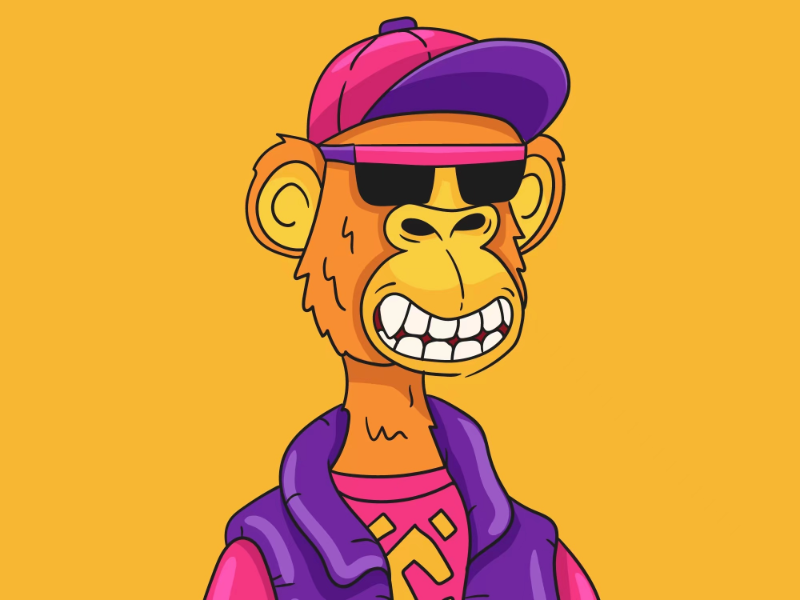
Most art NFTs are not just standalone pieces; they often come with rich backgrounds or deep meanings that add layers of significance to their creation. Additionally, some NFT artworks go beyond mere visual appeal by incorporating unique narratives or interactive elements, offering engaging experiences for collectors and audiences alike, such as Stephen Chow’s NFT.
As said by Dmitry Mishunin from HashEx, a blockchain DeFi intelligence provider, “NFTs are unique because they exist on a blockchain, which ensures that each NFT has a distinct, unalterable record. While digital files can be copied, the NFT’s record on the blockchain can’t be duplicated, making the ownership and the asset itself unique.”
Also read: Luxury brands and NFTs: Who is doing what?
“NFTs are unique because they exist on a blockchain, which ensures that each NFT has a distinct, unalterable record. While digital files can be copied, the NFT’s record on the blockchain can’t be duplicated, making the ownership and the asset itself unique.”
Dmitry Mishunin from HashEx
2. NFTs in music
An increasing number of musicians are using blockchain technology—more especially, NFTs—to mint and preserve artifacts, album art, and digital audio. Artists may tokenise their albums and songs, pay royalties to producers and creators, and sell their digital goods to generate extra cash by using NFTs.
Inspired by blockchain technology, members of the American band Kings of Leon tokenise a previously unreleased performance of their song “Time in Disguise” into an NFT. They then sent this NFT into space aboard a rocket, marking the first instance of a minted NFT track venturing beyond Earth’s atmosphere.
The music business may find NFTs most enticing for financial reasons. NFTs offer artists a direct route to greater financial rewards, bypassing traditional intermediaries and streaming platforms. With NFTs, the artists can take up to 90 percent of the revenue compared to 10 percent under traditional industrial contracts.
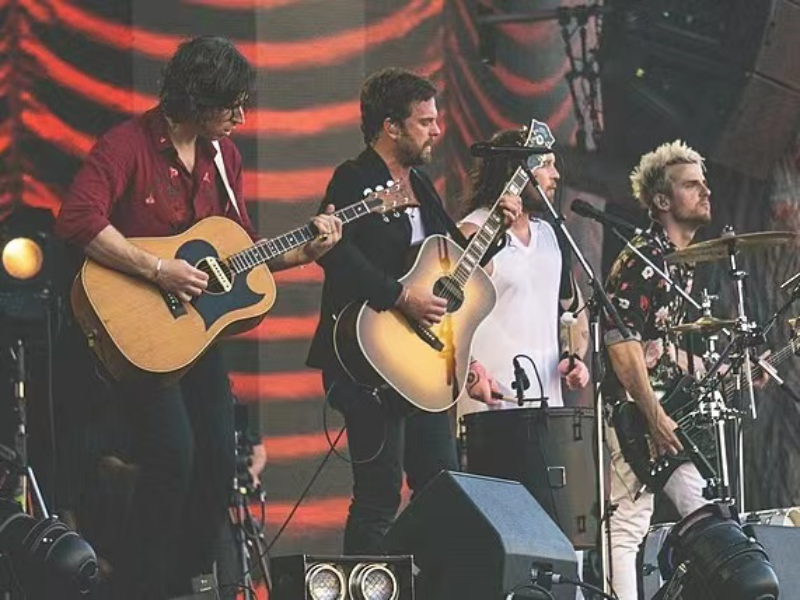
3. NFTs in tickets
Popular event tickets typically sell out quickly, and the problem has gotten worse with the development of ticket bots.
NFT ticketing is one potential fix. Tickets in the form of NFTs, which are stored on a blockchain, may be used as passes to enter any real or virtual event. This makes them a more convenient and safe option for purchasing tickets than traditional methods.
Ticketmaster has enabled event organisers to create NFTs linked to tickets, granting them access to issue these digital assets. The American ticketing company now permits partners to vend NFTs alongside tickets on the Flow blockchain.
While the setup for NFT ticketing is ready, it hasn’t become very popular yet. But some artists like pop singer Pip and DJ Steve Aoki are starting to try out this technology.
Also read: Sports Illustrated moves NFT tickets to Avalanche blockchain
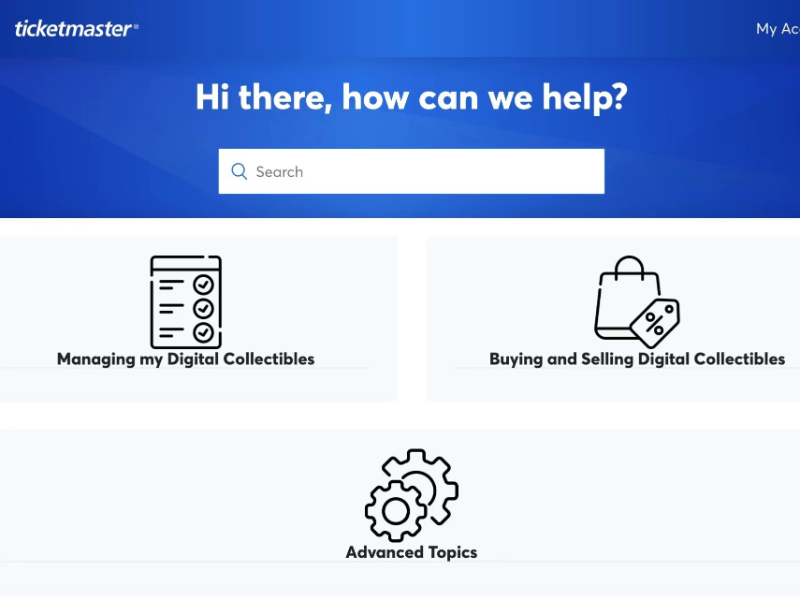
Pop quiz
What music band was responsible for releasing the NFT track?
A. Maroon 5
B. One Direction
C. Kings of Leon
D. The Script
The correct answer is at the bottom of the article.
4. NFTs in culture
NFTs introduce a fresh perspective on safeguarding cultural heritage. This innovative technology offers a unique way to authenticate and protect valuable artifacts, artworks, and historical records.
Last year, the Vatican announced its intent to establish an NFT art exhibition within the metaverse, aiming to provide global access to its collections, manuscripts, and museum artifacts. This initiative involves collaborative efforts with nonprofit organisation Humanity 2.0 and augmented reality company Sensorium.
By leveraging NFTs, individuals and institutions can ensure the preservation and accessibility of cultural legacy in the digital age.
“The best way to improve the utility of your NFTs is to ask the community what it wants and create a utility around that – it must resonate with the community.”
Stefania Barbaglio, CEO, founder and angel investor at Cassiopeia Services
5. NFTs in fashion
NFT clothing has become popular not only as collectibles but also as statement pieces for avatars in virtual social settings, concerts, or meetings.
Already, major businesses have joined the bandwagon. An NFT bag allegedly sold for more than $4,000 on Roblox, by Gucci, making it more valuable than the real bag.
Fast fashion chain Forever 21 debuted a virtual storefront in Decentraland, offering NFT fashion goods that were inspired by things seen in its physical stores and online.
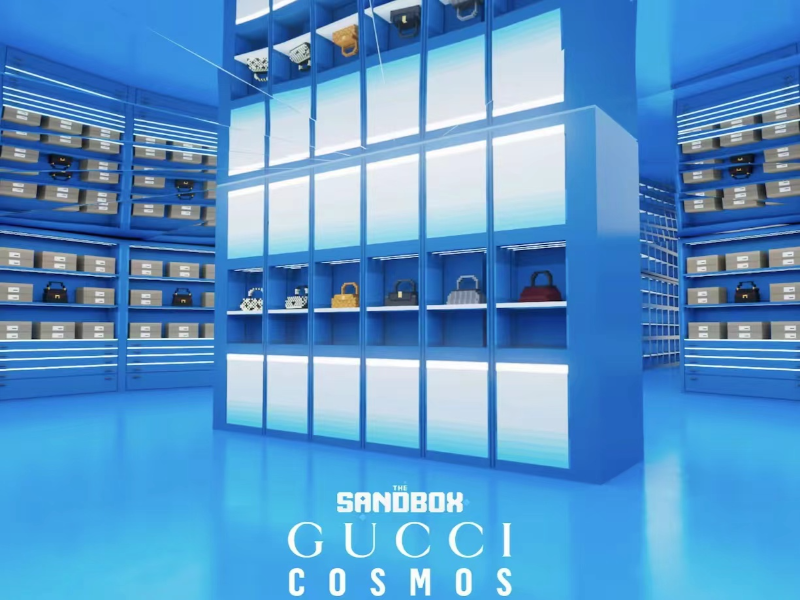
Peak into the future
As NFTs continue to permeate diverse sectors, their impact on our digital landscape is poised to grow further. The cases represent just the beginning of NFT adoption, signaling a shift towards a more decentralised, digital economy where ownership and authenticity are paramount.
As Stefania Barbaglio, CEO, founder, and angel investor at Cassiopeia Services, a consulting agency for firms involving AI, Web3, and blockchain, commented: “The best way to improve the utility of your NFTs is to ask the community what it wants and create a utility around that – it must resonate with the community.”
The correct answer is C, Kings of Leon.

